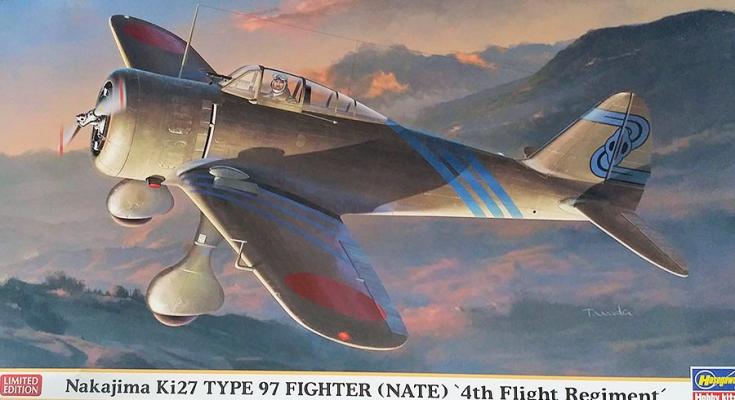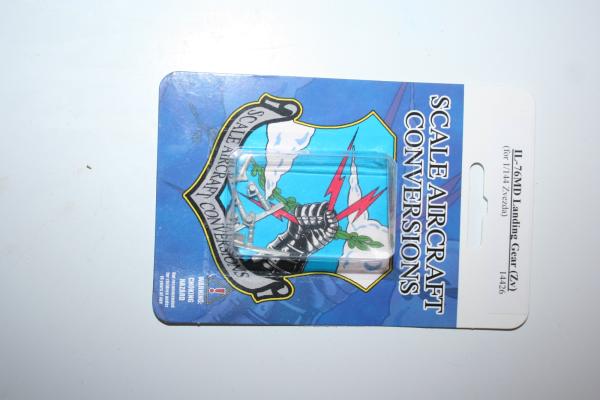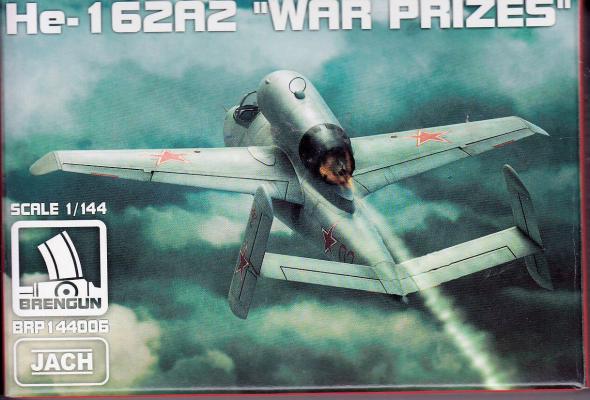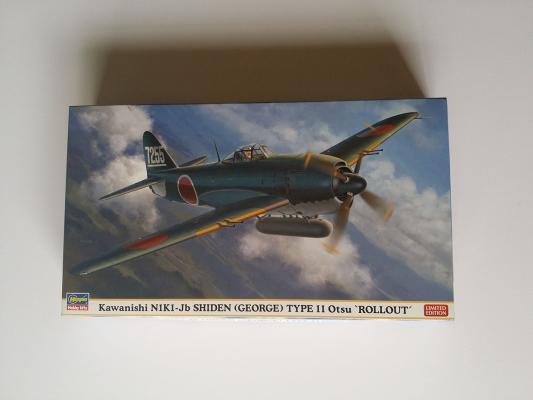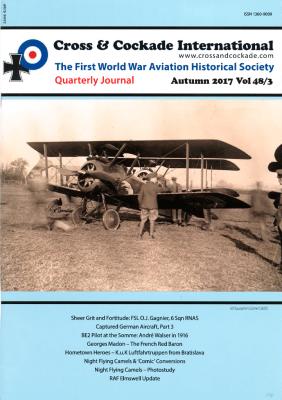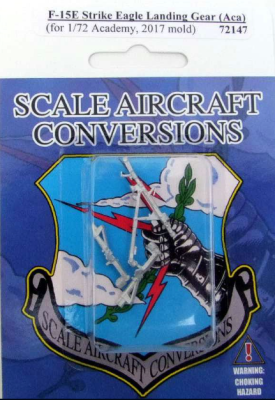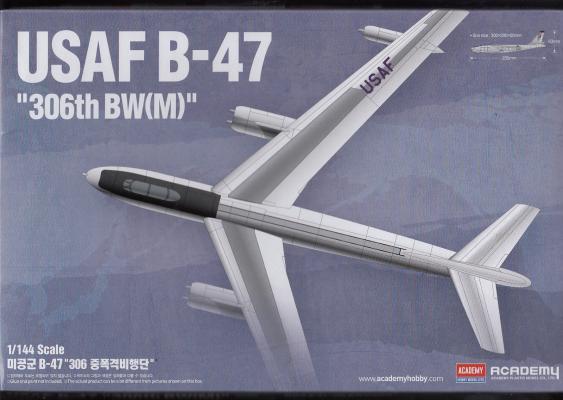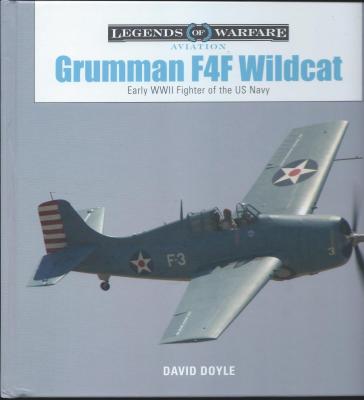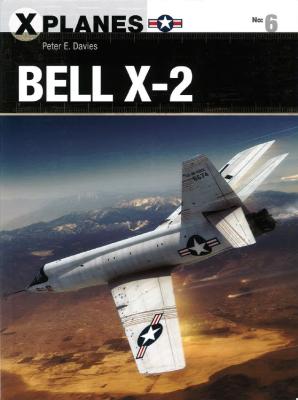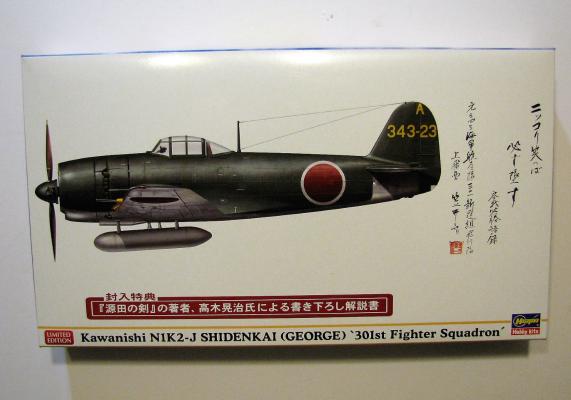The Nakajima Ki27 Type 97 Fighter, code named “Nate” by the Allies, was designed in 1935 to replace the older Type 95 fighter. It served in the Imperial Japanese Army in China beginning in 1938.
Hasegawa has replicated this interesting fighter in fine detail. The parts were crisp with very little flash on the parts or trees. Finely molded rivets cover most of the fighter, and they look very much in scale, and add a lot of realism to the kit.
Assembly of the kit is straightforward, and the fit is good. The one problem area I ran into was where the trailing edge of the wing meets the fuselage. Here, a mismatch between the two requires some filler and sanding. Overall, very little sanding was needed since the parts fit is excellent.

